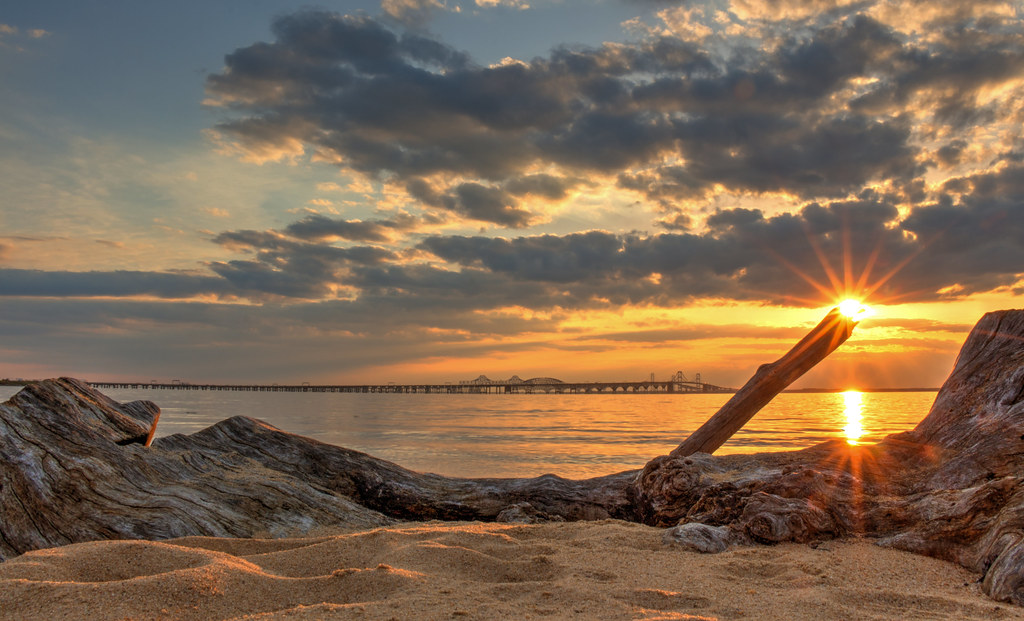Governor Hogan Announces Pollution Reduction Grant Recipients

Photo by Mark Dignen
Fourteen projects will receive grants from the Chesapeake and Atlantic Coastal Bays Trust Fund, Gov. Larry Hogan announced today. Selected by the Bay Cabinet and administered by the Department of Natural Resources, these projects are the most cost-effective and efficient initiatives to address polluted runoff and sediment in targeted areas of the state.
“The trust fund is a unique program that channels resources to projects in each region that will result in a cleaner Chesapeake Bay for the citizens of Maryland,” said Gov. Hogan. “These projects will not only improve water quality, but also create and maintain jobs while responsibly using public funds.”
The trust fund identifies each region’s most serious pollution sources that threaten the bay, and directs funds to projects that will result in the greatest reduction for the investment. Rather than dictating practices to be implemented, the trust fund encourages applicants to find fresh approaches to problems.
“Efficiency must be the continued focus of the trust fund decision-making,” said Dan Nees of the University of Maryland’s Environmental Finance Center. “The focus on paying for the success of a project, rather than the activity, through a competitive process establishes a direct link between the goal of a restored bay and the investment of public dollars.”
The state received nearly $50 million in requests for the $9.8 million available in fiscal year 2016. Determined by an inter-agency review panel, the Scientific Advisory Panel and the Bay Cabinet, the winning proposals showed the greatest potential to provide long-term nutrient and sediment reduction in targeted areas of the state and were positioned to begin work upon grant acceptance.
Projects in Baltimore, Caroline, Carroll, Cecil, Frederick, Harford, Howard, Kent, Montgomery, Prince George’s, and Talbot counties and Baltimore City, will all receive funding. Work includes innovative stormwater management and agricultural best management practices; enhancing the urban tree canopy; stream and wetland restoration; among others. The next call for proposals is tentatively scheduled for fall 2015. To view the full list of grant recipients, click here.
The trust fund’s recently released Annual Work and Expenditure Plan breaks down planned spending for fiscal year 2016, with $9.8 million to support 14 cost-effective non-point source pollution reduction projects − $11.25 million to fund placement of agriculture cover crops, and the remaining to supporting, technical assistance for nutrient and sediment reduction, technology research and development, and other non-point source pollution-reduction projects.
With $296 million invested from fiscal years 2009-2016, the trust fund has supported more than 1,660 projects, including the planting of 780 acres of riparian forest, as well as the restoration of 300 acres of wetlands and 188,500 linear feet of stream. All of the awarded projects make progress towards reducing the Chesapeake Bay Total Maximum Daily Load, which supports the goals of the new Chesapeake Bay Watershed Agreement.
Guided by the bay agencies and the Scientific Advisory Panel, the trust fund continually adapts to incorporate new scientific advances and knowledge. To learn more, visit dnr.maryland.gov/trustfund.
